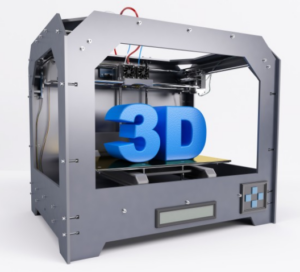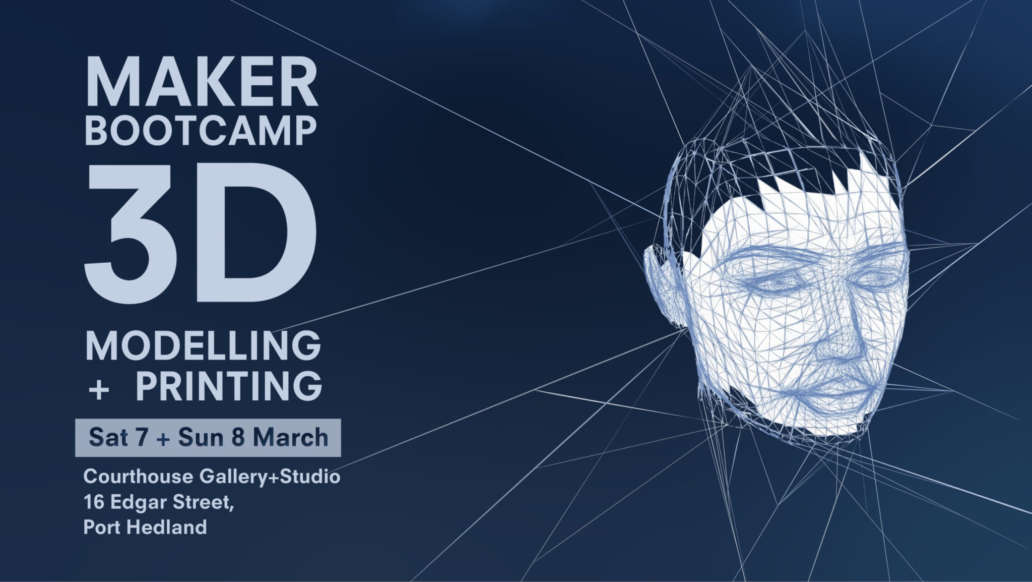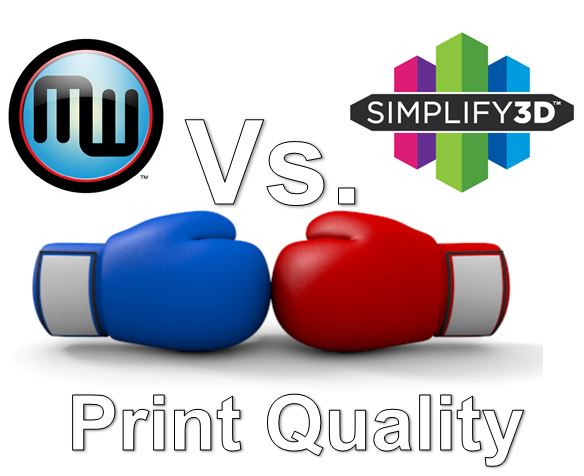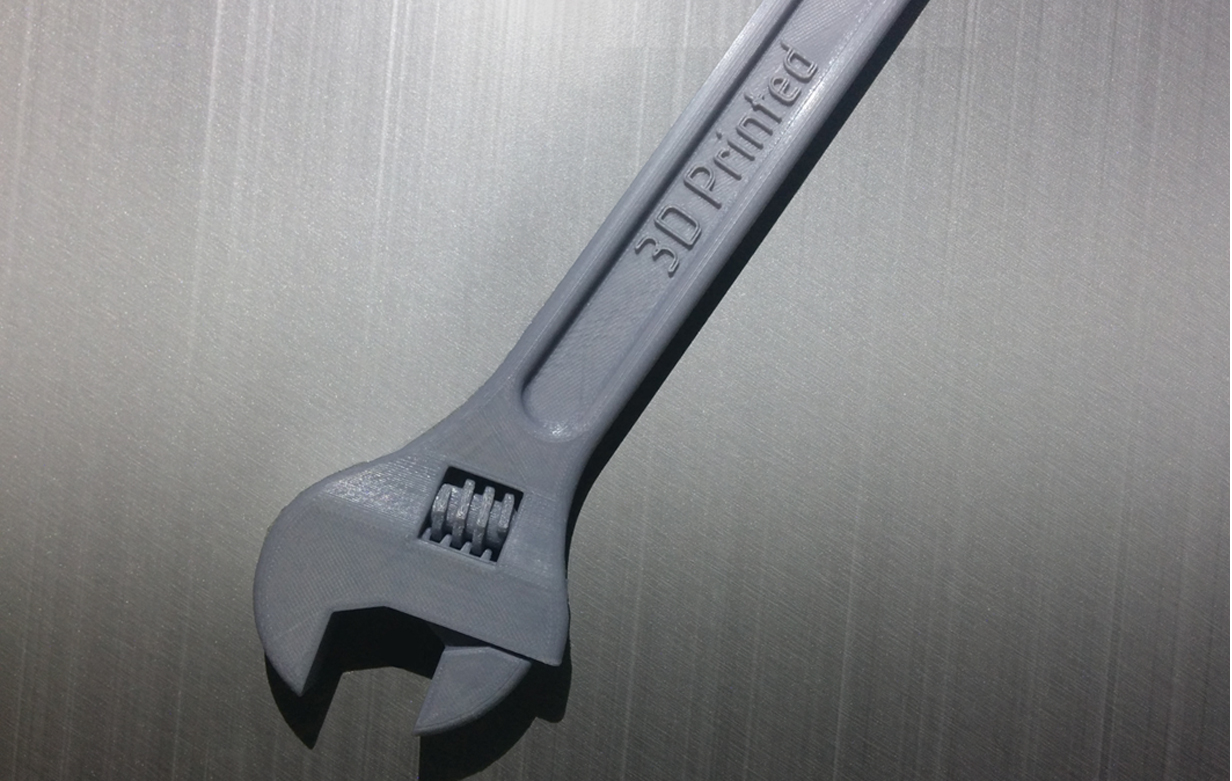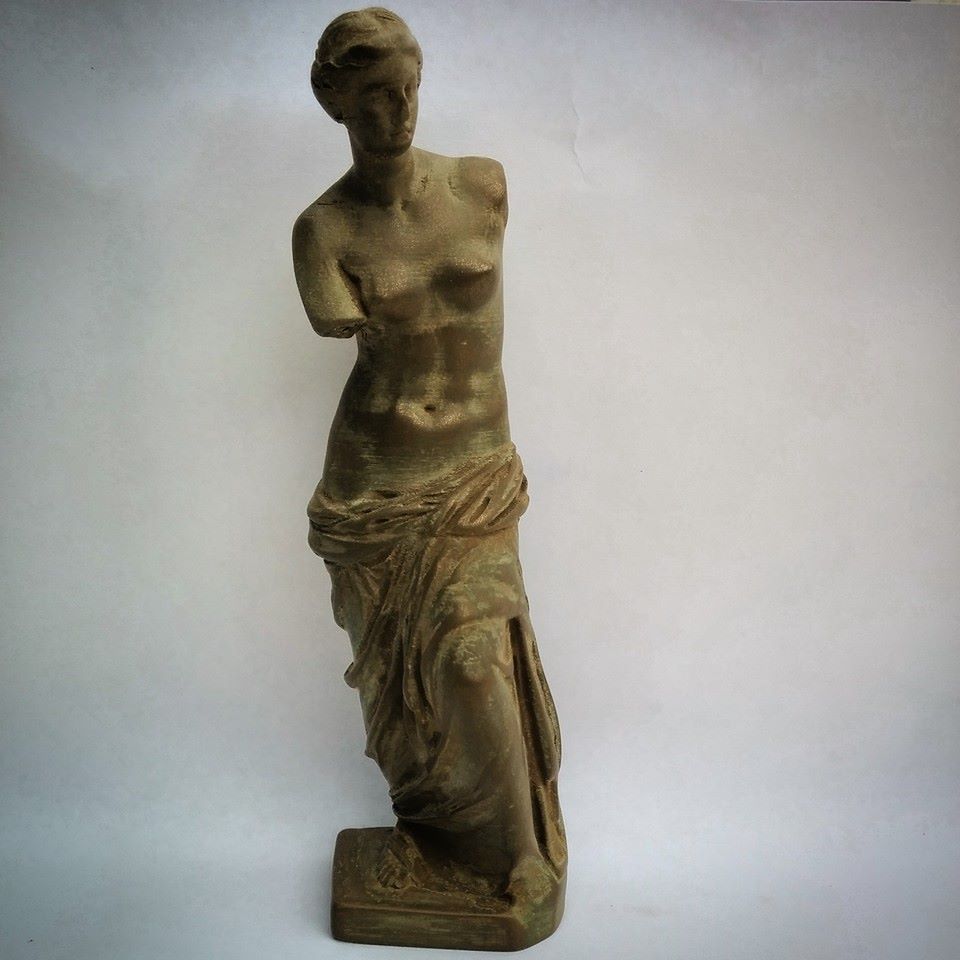Polyoxymethylene (POM)
Brief Introduction and History: Polyoxymethylene, also known as acetal, is a highly versatile engineering thermoplastic that has a significant historical impact on 3D printing. It was first developed in the 1950s and has since been widely used in various industries due to its exceptional strength and stiffness, low friction, and excellent dimensional stability.
Material Composition: POM is made through the polymerization of formaldehyde. It is a synthetic polymer typically created from the reaction of formaldehyde with itself in the presence of a catalyst. The resulting copolymer chains are then stabilized to produce a finished POM product.
Uses: Common applications for POM include mechanical and automotive parts, food processing machinery, precision gears, bearings, and various other industrial components due to its high strength, hardness, and resistance to abrasion.
Best Fit Use: POM is best suited for applications that require excellent dimensional stability, high mechanical and fatigue strength, and low friction. It is commonly used in precision engineering where tight tolerances are essential, especially for moving parts under load.
Detailed Example of Specific Use 1: POM is extensively used in the automotive industry for manufacturing fuel systems, door handles, and other interior and exterior components that demand high strength, rigidity, and resistance to chemicals and fuels.
Detailed Example of Specific Use 2: In the food industry, POM is favored for producing conveyor belts, gears, and other equipment used in food processing due to its excellent resistance to moisture and chemicals, as well as its low friction properties.
Difference Between Basic and Advanced Forms: While standard POM is already known for its excellent mechanical properties, advanced grades such as reinforced POM with glass fiber or PTFE (Polytetrafluoroethylene) fillers offer enhanced strength, stiffness, and wear resistance for specific applications.
Benefits: POM offers exceptional mechanical performance, good chemical resistance, low moisture absorption, and excellent dimensional stability. It also demonstrates low friction and wear, making it a preferred choice for various engineering applications.
Drawbacks: One potential limitation of POM is its sensitivity to strong acids and oxidizing agents. Additionally, it may not be suitable for high-temperature applications above 100°C due to its lower heat resistance compared to other engineering plastics.
Overall Rating for Daily Use: POM is highly rated for regular use, catering to both hobbyist and professional needs. Its excellent mechanical properties and low friction make it a popular choice for functional 3D printed parts in a wide range of industries.
Future Developments: Ongoing research is focused on developing POM materials with improved heat resistance and higher strength, as well as exploring potential biocompatible grades for medical applications, which could expand its usage in 3D printing technologies in the future.
